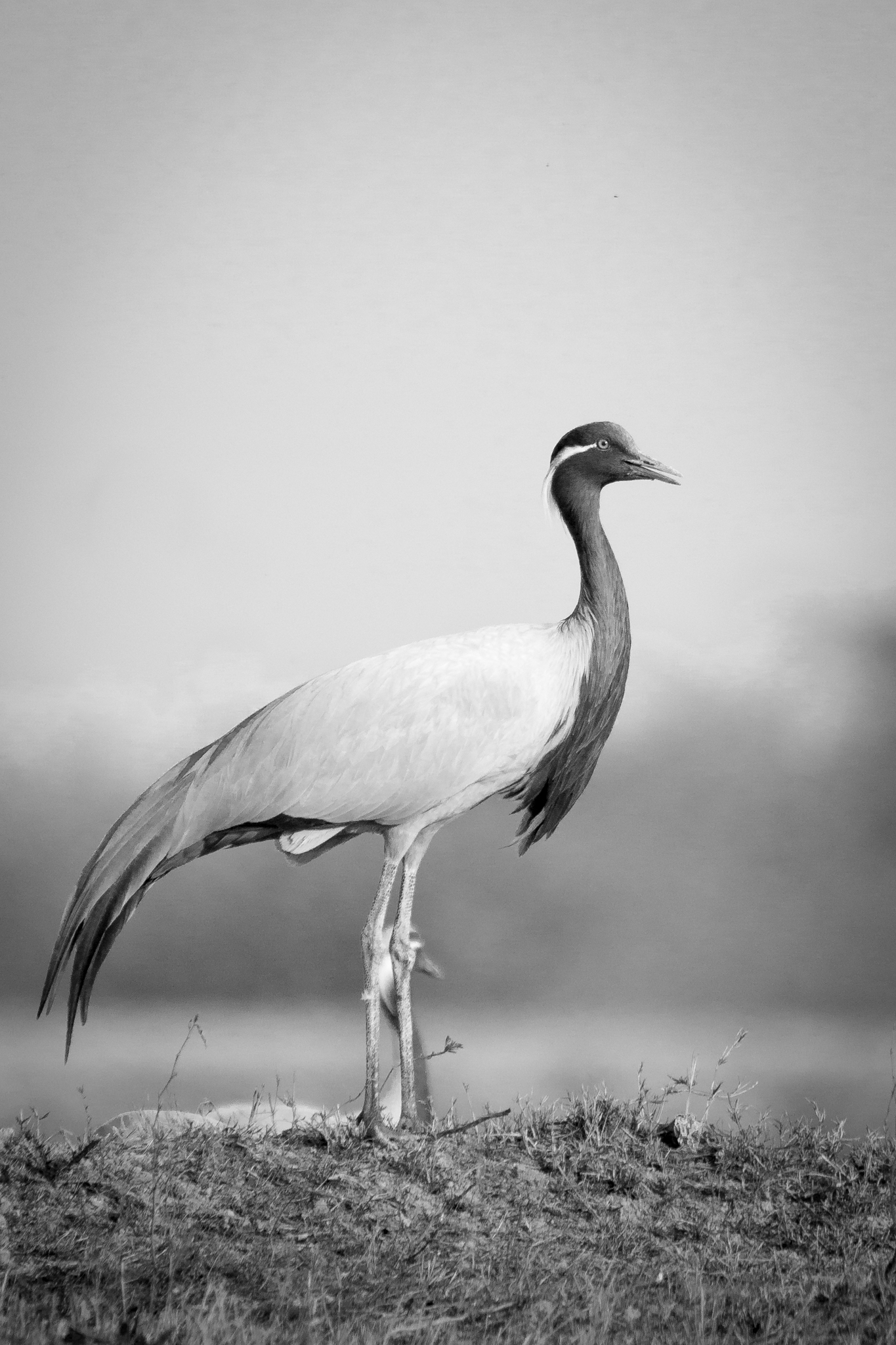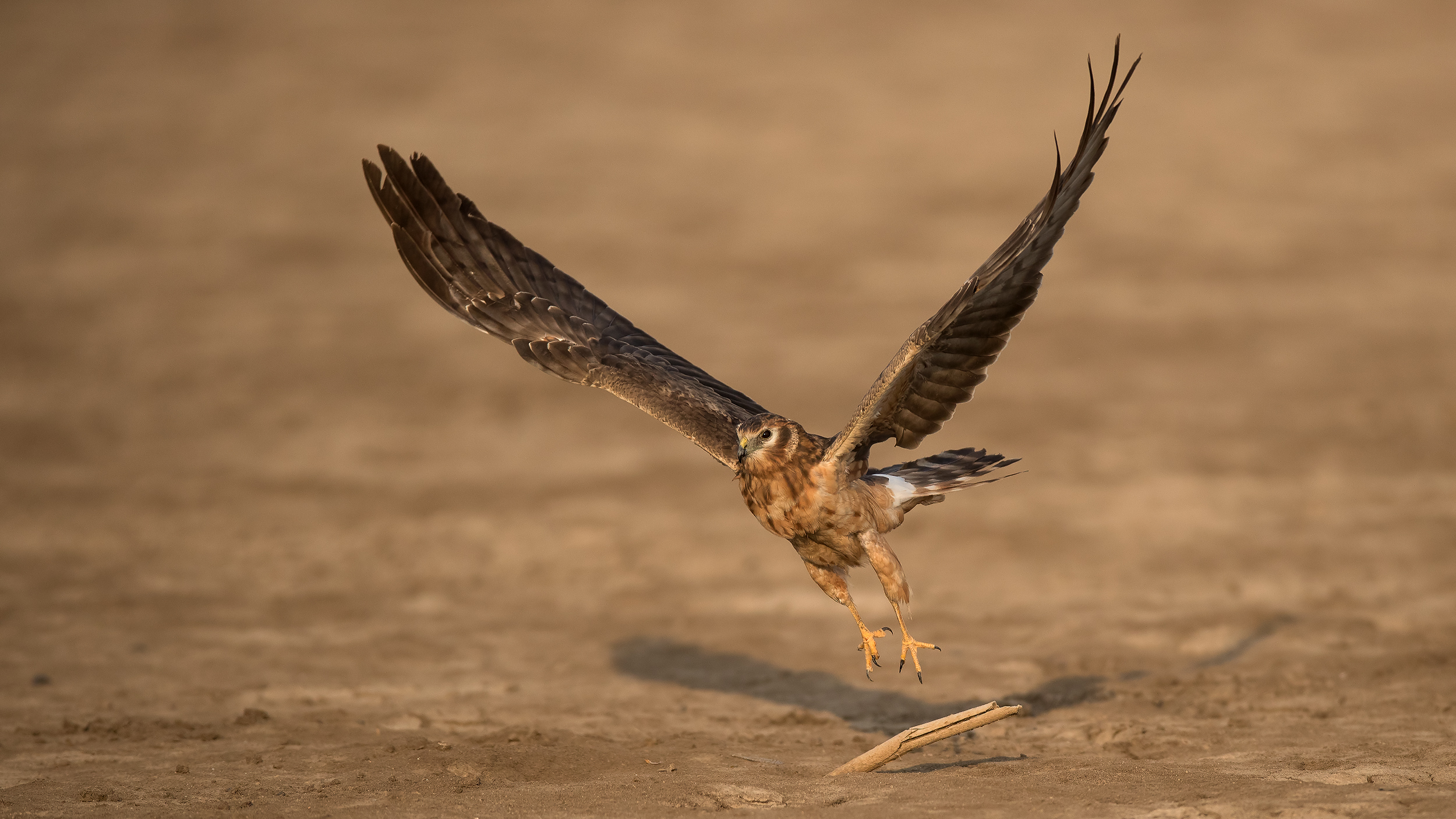|
Korgalzhyn Nature Reserve
Korgalzhyn State Nature Reserve ( kk, Қорғалжын мемлекеттік табиғи қорығы, ''Qorğaljyn memlekettık tabiği qoryğy'') is a protected area in Aqmola and Karaganda regions of Kazakhstan, located west of the city of Astana. It is part of the UNESCO heritage site Saryarka — Steppe and Lakes of Northern Kazakhstan, Ramsar site and biosphere reserve. The nature reserve is located in the steppe of central Kazakhstan, of the Indian and Siberian-East African migration routes of migratory birds and an important wetland of international importance. Extensive reserve waters provide the necessary living space in the largest Asian population of wetland birds. Geography Korgalzhyn State nature reserve has an area of . The territory is located in the steppes and semi deserts of the Kazakh Uplands. It includes numerous salt and fresh water bodies. The main rivers are the Nura and Kulanotpes, and the biggest lake is Lake Tengiz. Other lakes of the protected ... [...More Info...] [...Related Items...] OR: [Wikipedia] [Google] [Baidu] |
Akmola Region
Akmola Region ( kz, Ақмола облысы, translit=Aqmola oblysy; russian: Акмолинская область, Akmolinskaya oblast) is a centrally located region of Kazakhstan. Its capital is Kokshetau. The national capital, Astana, is enclosed by the region, but is politically separate from Akmola Region. The region's population is 715,000; Kokshetau's is 157,000. Some gold and coal mining occur in the area. Geography The area of the region is 146,200 square kilometers. Akmola, along with Ulytau Region and Karaganda Region are Kazakhstan's only regions which don't touch the country's outer borders. The region borders North Kazakhstan Region in the north, Pavlodar Region in the east, Karagandy Region in the south, and Kostanay Region in the west. The Sileti river flows through the region. Etymology Akmola means "the white burial" in Kazakh. Demographics Ethnic groups (2020): * Kazakh: 51.83% *Russian: 32.55% *Ukrainian: 4.23% *German: 3.49% *Tatar: 1.77% *Polish: 1.02 ... [...More Info...] [...Related Items...] OR: [Wikipedia] [Google] [Baidu] |
Pink Flamingo
Flamingos or flamingoes are a type of wading bird in the family Phoenicopteridae, which is the only extant family in the order Phoenicopteriformes. There are four flamingo species distributed throughout the Americas (including the Caribbean), and two species native to Afro-Eurasia. A group of flamingoes is called a "flamboyance." Etymology The name ''flamingo'' comes from Portuguese or Spanish ("flame-colored"), which in turn comes from Provençal – a combination of ("flame") and a Germanic-like suffix ''-ing''. The word may also have been influenced by the Spanish ethnonym ("Fleming" or "Flemish"). The name of the genus, ''Phoenicopterus'', is from the Greek , ); other genera names include ''Phoeniconaias,'' which means "crimson/red water nymph (or naiad)", and ''Phoenicoparrus,'' which means "crimson/red bird (though, an unknown bird of omen)". Taxonomy and systematics The family Phoenicopteridae was introduced by the French zoologist Charles Lucien Bonap ... [...More Info...] [...Related Items...] OR: [Wikipedia] [Google] [Baidu] |
Demoiselle Crane
The demoiselle crane (''Grus virgo'') is a species of crane found in central Eurosiberia, ranging from the Black Sea to Mongolia and North Eastern China. There is also a small breeding population in Turkey. These cranes are migratory birds. Birds from western Eurasia will spend the winter in Africa while the birds from Asia, Mongolia and China will spend the winter in the Indian subcontinent. The bird is symbolically significant in the culture of India, where it is known as ''Koonj'' or ''Kurjaa''. Description The demoiselle is long, tall and has a wingspan. It weighs . It is the smallest species of crane. The demoiselle crane is slightly smaller than the common crane but has similar plumage. It has a long white neck stripe and the black on the foreneck extends down over the chest in a plume. It has a loud trumpeting call, higher-pitched than the common crane. Like other cranes it has a dancing display, more balletic than the common crane, with less leaping. The demoise ... [...More Info...] [...Related Items...] OR: [Wikipedia] [Google] [Baidu] |
Pallid Harrier
The pale or pallid harrier (''Circus macrourus'') is a migratory bird of prey of the harrier subfamily. The scientific name is derived from the Ancient Greek. ''Circus'' is from ''kirkos'', referring to a bird of prey named for its circling flight (''kirkos'', "circle"), probably the hen harrier and ''macrourus'' is "long-tailed", from ''makros'', "long" and ''-ouros'' "-tailed". It breeds in southern parts of eastern Europe and central Asia and Iran and winters mainly in India and southeast Asia. It is a rare but increasing vagrant to Great Britain and western Europe. In 2017 a pair of pallid harriers nested in a barley field in the Netherlands; they raised four chicks, the first recording breeding of the species in the country. In 2019, a pair bred in Spain for the first time. This medium-sized raptor breeds on open plains, bogs and heathland. In winter it is a bird of open country. Description This is a typical harrier, with long wings held in a shallow V in its low fli ... [...More Info...] [...Related Items...] OR: [Wikipedia] [Google] [Baidu] |
Little Bustard
The little bustard (''Tetrax tetrax'') is a bird in the bustard family, the only member of the genus ''Tetrax''. The genus name is from Ancient Greek and refers to a gamebird mentioned by Aristophanes and others. Distribution It breeds in Southern Europe and in Western and Central Asia. Southernmost European birds are mainly resident, but other populations migrate further south in winter. The central European population once breeding in the grassland of Hungary became extinct several decades ago. The species is declining due to habitat loss throughout its range. It used to breed more widely, for example ranging north to Poland occasionally. It is only a very rare vagrant to Great Britain despite breeding in France. On 20 December 2013, the Cypriot newspapers 'Fileleftheros' and 'Politis', as well as news website 'SigmaLive', reported the discovery of a dead little bustard in the United Nations Buffer Zone. The bird had been shot by poachers hunting illegally in the zone. The sho ... [...More Info...] [...Related Items...] OR: [Wikipedia] [Google] [Baidu] |
Dalmatian Pelican
The Dalmatian pelican (''Pelecanus crispus'') is the largest member of the pelican family, and perhaps the world's largest freshwater bird, although rivaled in weight and length by the largest swans. They are elegant soaring birds, with wingspans rivaling those of the great albatrosses, and their flocks fly in graceful synchrony. With a range spanning across much of Central Eurasia, from the Mediterranean in the West to the Taiwan Strait in the East, and from the Persian Gulf in the South to Siberia in the North, it is a short-to-medium-distance migrant between breeding and overwintering areas. No subspecies are known to exist over its wide range, but based on size differences, a Pleistocene paleosubspecies, ''P. c. palaeocrispus,'' has been described from fossils recovered at Binagady, Azerbaijan. As with other pelicans, the males are larger than the females, and likewise their diet is mainly fish. Their curly nape feathers, grey legs and silvery-white plumage are distinguish ... [...More Info...] [...Related Items...] OR: [Wikipedia] [Google] [Baidu] |
International Union For Conservation Of Nature
The International Union for Conservation of Nature (IUCN; officially International Union for Conservation of Nature and Natural Resources) is an international organization working in the field of nature conservation and sustainable use of natural resources. It is involved in data gathering and analysis, research, field projects, advocacy, and education. IUCN's mission is to "influence, encourage and assist societies throughout the world to conserve nature and to ensure that any use of natural resources is equitable and ecologically sustainable". Over the past decades, IUCN has widened its focus beyond conservation ecology and now incorporates issues related to sustainable development in its projects. IUCN does not itself aim to mobilize the public in support of nature conservation. It tries to influence the actions of governments, business and other stakeholders by providing information and advice and through building partnerships. The organization is best known to the wider pu ... [...More Info...] [...Related Items...] OR: [Wikipedia] [Google] [Baidu] |
Red Book Of Endangered Species
The International Union for Conservation of Nature (IUCN) Red List of Threatened Species, also known as the IUCN Red List or Red Data Book, founded in 1964, is the world's most comprehensive inventory of the global conservation status of biological species. It uses a set of precise criteria to evaluate the extinction risk of thousands of species and subspecies. These criteria are relevant to all species and all regions of the world. With its strong scientific base, the IUCN Red List is recognized as the most authoritative guide to the status of biological diversity. A series of Regional Red Lists are produced by countries or organizations, which assess the risk of extinction to species within a political management unit. The aim of the IUCN Red List is to convey the urgency of conservation issues to the public and policy makers, as well as help the international community to reduce species extinction. According to IUCN the formally stated goals of the Red List are to provide scie ... [...More Info...] [...Related Items...] OR: [Wikipedia] [Google] [Baidu] |
UNESCO
The United Nations Educational, Scientific and Cultural Organization is a specialized agency of the United Nations (UN) aimed at promoting world peace and security through international cooperation in education, arts, sciences and culture. It has 193 member states and 12 associate members, as well as partners in the non-governmental, intergovernmental and private sector. Headquartered at the World Heritage Centre in Paris, France, UNESCO has 53 regional field offices and 199 national commissions that facilitate its global mandate. UNESCO was founded in 1945 as the successor to the League of Nations's International Committee on Intellectual Cooperation.English summary). Its constitution establishes the agency's goals, governing structure, and operating framework. UNESCO's founding mission, which was shaped by the Second World War, is to advance peace, sustainable development and human rights by facilitating collaboration and dialogue among nations. It pursues this objective t ... [...More Info...] [...Related Items...] OR: [Wikipedia] [Google] [Baidu] |
Korgalzhyn (lake)
Korgalzhyn ( kk, Қорғалжын; russian: Кургальджин) is a lake in Korgalzhyn District, Akmola Region, Kazakhstan.Google Earth Korgalzhyn is the main body of water of the Korgalzhyn group of lakes, which includes Birtaban, Sholakshalkar, Shalkar, Zhanybekshalkar, Uialyshalkar and Zhandyshalkar. Korgalzhyn is one of the main lakes of the Tengiz-Korgalzhyn Depression. The lake is part of the Korgalzhyn Nature Reserve, a protected area. It is also an Important Bird Area and Ramsar site with its wetlands and mostly muddy waterways which are the breeding site of 318 bird species, including 22 endangered birds. Geography Korgalzhyn is a lake that lies at the bottom of the large Tengiz-Korgalzhyn Depression, close to the southeast of larger Lake Tengiz. Lake Sholakshalkar lies to the east. The lake is shallow, with a maximum depth of . Most of it is covered by reeds, except for a few lobes in the northwest and northeast, Kokai, Sultankeldy and Isey, where the surf ... [...More Info...] [...Related Items...] OR: [Wikipedia] [Google] [Baidu] |
-_Breeding_plumage_W2_IMG_8770.jpg)


